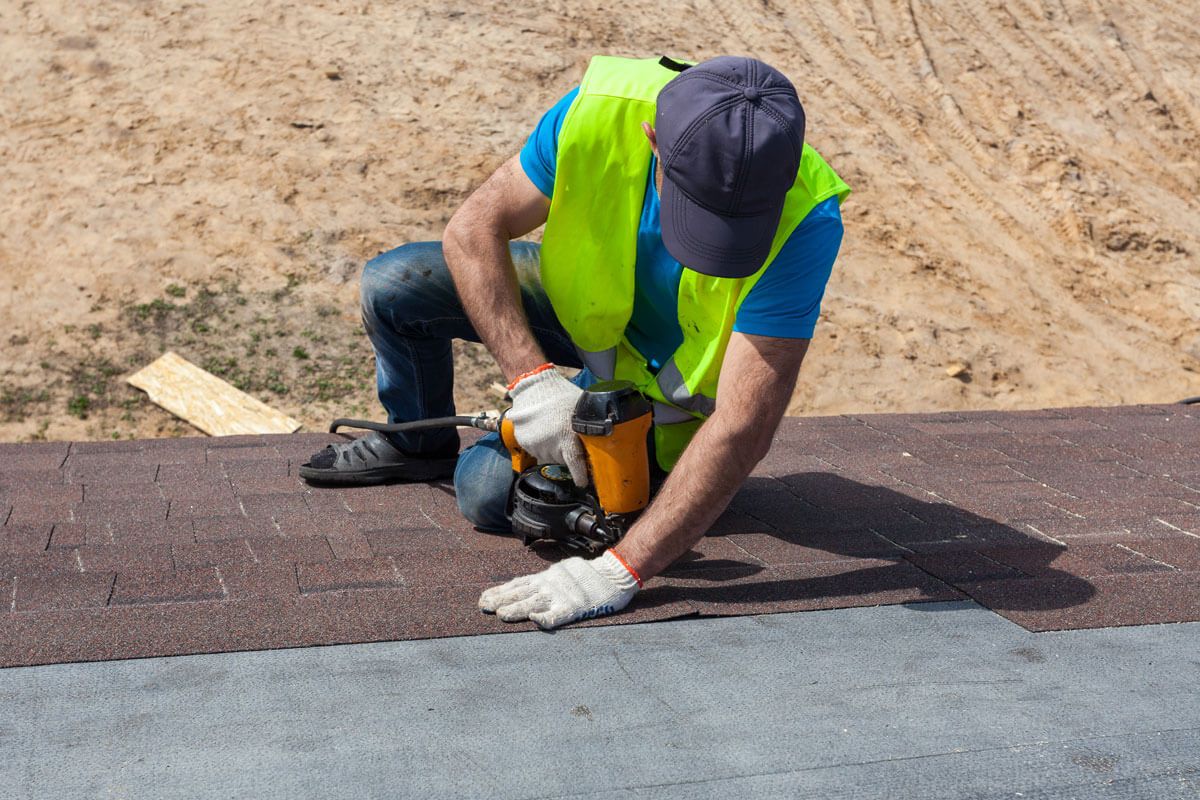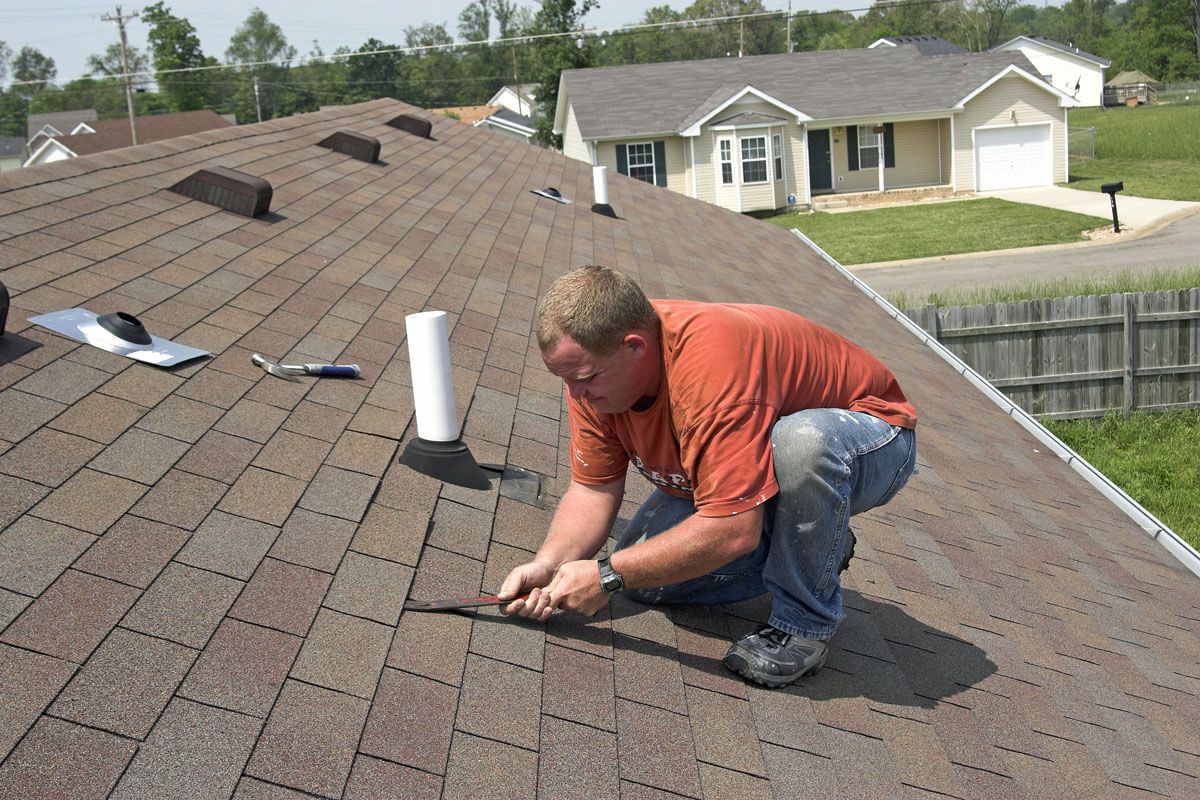How Often Should You Replace Roof Shingles? Expert Tips
How Often Should You Replace Roof Shingles? Expert Tips

Your roof is one of the most critical components of your home, safeguarding your family and belongings from the elements. However, even the most durable roofing materials have a limited lifespan. A common question among homeowners is
how often roof shingles need to be replaced. In this blog, we’ll explore the factors that influence shingle lifespan, signs it’s time for a replacement, and why professional help is essential for this crucial task.
Key Takeaways
- The lifespan of roof shingles varies depending on the material, with asphalt shingles lasting 15–30 years and slate shingles lasting over 100 years.
- Weather conditions, installation quality, and regular maintenance play a significant role in determining how often roof shingles need to be replaced.
- Recognizing warning signs, such as curling, granule loss, or leaks, can help you address problems before they escalate.
- Professional roof inspections and timely replacements ensure the longevity and safety of your roof.
Replacing Roof Shingles: A Timeline for Homeowners
Understanding when to replace roof shingles is vital for maintaining your home’s structural integrity. The replacement timeline largely depends on the material and climate conditions. Asphalt shingles, the most common type, typically last 20–30 years, while wood shakes offer a lifespan of 25–40 years. Premium options like metal or slate shingles can endure for 50 years or more. Harsh weather, such as hailstorms or heavy winds, can accelerate wear and tear, requiring earlier replacement. Homeowners should inspect their roof regularly for signs of damage, including curling, missing shingles, or granule loss. Leaks or sagging areas may also indicate it's time for an upgrade. Proactively replacing shingles before major issues arise can save money on extensive repairs. By staying vigilant and consulting professionals for inspections, homeowners can ensure their roof remains in top condition, safeguarding their property for decades. Proper timing is the key to a durable and dependable roof.
Overview
Understanding how often roof shingles need to be replaced is vital for maintaining your home’s structural integrity and avoiding costly repairs. The frequency of replacement depends on the type of shingles used, exposure to environmental factors, and maintenance practices. Investing in regular inspections and professional services is key to extending the life of your roof.
Factors Influencing Roof Shingle Lifespan
1. Shingle Material and Expected Lifespan
Different roofing materials have unique lifespans:
- Asphalt Shingles: The most common material, lasting 15–30 years.
- Metal Roofing: Durable and can last 40–70 years.
- Wood Shakes: Typically last 20–40 years but require regular maintenance.
- Clay or Concrete Tiles: Known for longevity, lasting 50–100 years.
- Slate Shingles: Can endure over 100 years with proper care.
The type of material you choose significantly affects how often roof shingles need to be replaced.
2. Weather and Environmental Factors
Climate plays a pivotal role in shingle longevity:
- Regions with heavy rain, snow, or high winds may see shingles wear out faster.
- Prolonged exposure to UV rays can cause shingles to crack and fade, affecting their durability. Regular inspections in such areas can help homeowners stay ahead of potential problems and understand how often roof shingles need to be replaced in their specific region.
3. Installation and Ventilation
Improper installation or inadequate attic ventilation can reduce the lifespan of your shingles:
- Poorly installed shingles are more prone to leaks and wind damage.
- Insufficient ventilation can cause moisture buildup, leading to rot and premature aging.
Ensuring professional installation can directly impact how often roof shingles need to be replaced.
4. Maintenance Practices
Proper maintenance extends the lifespan of shingles and minimizes the need for frequent replacements. Regularly cleaning gutters, removing debris, and inspecting for damage after storms can significantly reduce the frequency of replacement.
Signs It’s Time to Replace Your Roof Shingles
Recognizing these early warning signs can help determine
how often roof shingles need to be replaced:
- Curling or Buckling Shingles: Shingles that warp or curl are less effective at protecting your roof.
- Granule Loss: If granules accumulate in your gutters, it’s a sign that shingles are deteriorating.
- Missing or Broken Shingles: Exposed areas increase the risk of leaks and structural damage.
- Leaks and Water Stains: Water intrusion can indicate severe damage to the shingles and the underlayment.
- Age of the Roof: If your roof is nearing the end of its expected lifespan, consider a replacement.
Why You Should Avoid DIY Solutions
Replacing roof shingles may seem like a cost-saving DIY project, but it can lead to serious issues if not done correctly:
- Safety risks from working at heights.
- Incorrect installation that compromises the roof’s integrity.
- Potential voiding of manufacturer warranties.
Professional roofing services ensure the job is done right, reducing the chances of needing replacements sooner than necessary. If you’re uncertain how often roof shingles need to be replaced, consulting an expert is your best option.
Maintaining your roof’s health is crucial for your home’s safety. If you’re unsure how often roof shingles need to be replaced, contact
Spring Valley Roofing, located in West Chester, PA, for expert guidance. Our team provides thorough inspections and high-quality replacements to keep your roof in top condition. Call us today at 610-948-5207 to schedule your consultation.
FAQs
Q: How long do asphalt shingles typically last?
A: Asphalt shingles last between 15 and 30 years, depending on their quality and maintenance.
Q: Can I just replace damaged shingles instead of the whole roof?
A: While minor repairs may suffice in some cases, it’s crucial to assess the overall roof condition. A professional can determine if a full replacement is necessary.
Q: What’s the best way to extend the lifespan of my roof shingles?
A: Regular inspections, proper ventilation, and prompt repairs are essential to prolong the life of your shingles.
Q: How can I tell if my roof shingles are too old?
A: Signs like curling, granule loss, and leaks are indicators that your shingles are aging and may need replacement.
Conclusion
Knowing how often roof shingles need to be replaced is vital for maintaining a secure and durable home. By understanding factors like shingle material, weather conditions, and proper maintenance, you can make informed decisions about your roof’s care. Don’t let uncertainty compromise your home’s safety—reach out to Spring Valley Roofing for professional advice and services.



